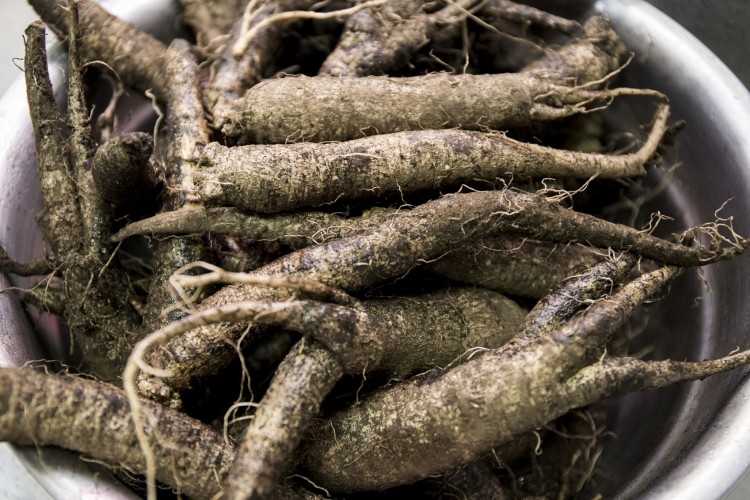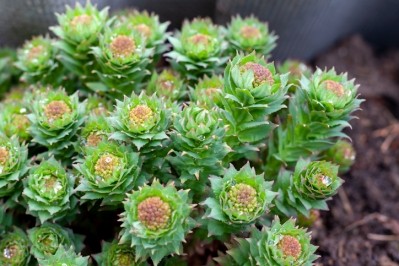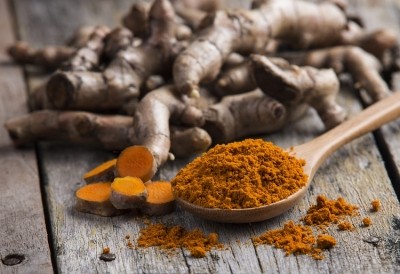Codonopsis extract may offer blood pressure management potential: RCT

Scientists from Korea University in Seoul report that six weeks of supplementation with the C. lanceolate (CL) extract led to significant reduction in systolic blood pressure, and reductions in markers of inflammation and oxidative stress in people with stage one hypertension, compared to baseline levels and the placebo group.
“To our knowledge, the current study is the first to show that the ability of CL to prevent the development of HTN [hypertension] in prehypertensive subjects was dependent on baseline systolic BP,” wrote the researchers in the journal Phytotherapy Research.
Codonopsis
The study adds to the evidence supporting potential health benefits of extracts from C. lanceolate.
The herb, which is found across Central, East, and South Asia, has a long history of use in traditional medicine for a range of health outcomes, ranging from respiratory health to blood lipid management and cognition.
According to a 2017 review (also published in Phytotherapy Research), the plant contains a range of bioactive substances, including saponins, alkaloids, polyphenols, phenylethanoid glycosides, and polyacetylenes.
The new study included 80 people aged between 19 and 60 and with elevated blood pressure (systolic BP between 120 and 139 mmHg, diastolic BP between 80 and 89 mmHg). Participants were randomized to receive 1,000 mg per day of the C. lanceolate extract or a placebo for six weeks.
New data
Results showed that systolic BP significantly decreased in the C. lanceolate group, compared to baseline levels, versus changes in the placebo group.
In addition, while no overall differences for diastolic BP were recorded between the groups, subgroup analysis of the people with stage 1 hypertension showed that C. lanceolate supplementation did reduce diastolic BP in those subjects compared to placebo.
In those people classified as stage 1 hypertensives, significantly greater reductions from baseline in the C. lanceolate group than in the placebo group were recorded for high sensitivity C‐reactive protein (hsCRP, a marker of inflammation) and malondialdehyde (a marker of oxidative stress).
“CL treatment of subjects with stage 1 HTN had beneficial effects on both parameters, reducing the levels of malondialdehyde and hs‐CRP, suggesting reductions in lipid peroxidation and inflammation,” wrote the researchers.
“The results indicated that the ability of CL to prevent disease progression may involve the suppression of the risk of endothelial dysfunction and dyslipidemia in subjects with elevated systolic BP, but may involve reduced inflammation and oxidative stress in subjects with stage 1 HTN. That is, CL may be more effective in subjects with stage 1 HTN and that CL may prevent the development of HTN in subjects with pre‐HTN through different pathways, depending on different categories of systolic BP.
“Additional investigations are needed to determine the underlying molecular mechanisms,” they added.
Source: Phytotherapy Research
Published online ahead of print, doi: 10.1002/ptr.6520
“Beneficial effects of Codonopsis lanceolata extract on systolic blood pressure levels in prehypertensive adults: A double‐blind, randomized controlled trial”
Authors: You Kyoung Shin et al.










